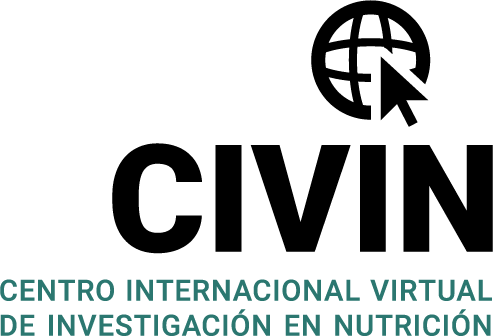Endograft infection by Proteus, Pseudomonas, Enterococcus faecium and Candida albicans
DOI:
https://doi.org/10.22585/hospdomic.v8i2.208Keywords:
Vascular Grafting, Anti-Bacterial Agents, Home CareAbstract
Hospitalization at home (HaD) is a safe and effective care modality for multiple pathologies, among which infections that require prolonged intravenous antibiotic therapy stand out. The case presented deals with a patient with a prolonged hospital stay due to an endovascular graft infection with multiple complications and the involvement of multi-resistant microorganisms for which there was no oral antibiotic alternative. After being admitted to the Vascular Surgery ward for 6 months, he was transferred to Hospitalization at home to complete TADE. During this admission, the prescribed antibiotic regimen was continued, resulting in several complications that required treatment adjustment, including the change of antibiotic therapy to IV Meropenem, which was administered in an auto-TADE regimen. After 7 months of admission to HaD, the patient was successfully discharged, demonstrating the benefits of this care alternative in cases such as the one described.
Downloads
References
González-Ramallo VJ, Mirón-Rubio M, Mujal A, Estrada O, Forné C, Aragón B, Rivera AJ. Costs of outpatient parenteral antimicrobial therapy (OPAT) administered by Hospital at Home units in Spain. Int J Antimicrob Agents 2017;50(1):114-8. DOI: 10.1016/j.ijantimicag.2017.02.017
Wouthuyzen-Bakker M, Van Oosten M, Bierman W, Winter R, Glaudemans A, Slart R, Toren-Wielema M, Tielliu I, Zeebregts C.J,. Prakken N H.J, de Vries JP, Saleem B R. Diagnosis and treatment of vascular graft and endograft infections: a structured clinical approach. Int J Infect Dis. 2023:126:22-7. DOI: 10.1016/j.ijid.2022.11.011
Chakfé N, Diener H, Lejay A, Assadian O, et al. Editor’s Choice - European Society for Vascular Surgery (ESVS) 2020 Clinical Practice Guidelines on the Management of Vascular Graft and Endograft Infections. Eur J Vasc Endovasc Surg. 2020;59(3):339-84. DOI: 10.1016/j.ejvs.2019.10.016
Dominguez-Cainzos J, Rodrigo-Manjon A, Rodriguez-Chinesta JM, Apodaka-Diez A, Bonmatí G, Bereciartua E. Abdominal aortic endograft infection. A decade of experience and literature review. Enferm Infecc Microbiol Clin (Engl Ed). 2021:S0213-005X(21)00219-6. DOI: 10.1016/j.eimc.2021.06.018
Manning L, Wright C , Ingram PR. Continuous infusions of meropenem in ambulatory care: clinical efficacy, safety and stability. PLoS One. 2014;14;9(7):e102023. DOI: 10.1371/journal.pone.0102023
Dubois-Silva A, Otero-Plaza L, Dopico-Santamariña L, et al. Outpatient parenteral antimicrobial therapy with continuous infusion of meropenem: A retrospective analysis of three years of clinical experience. Enferm Infecc Microbiol Clin (Engl Ed). 2023;41(6):321-8. DOI: 10.1016/j.eimce.2021.11.012
Downloads
Published
How to Cite
Issue
Section
License
Copyright (c) 2024 Marta Teresa Matia Sanz, Isabel Fiteni Mera, Soledad Isasi de Isasmendi Perez, Martín Gericó Aseguinolaza, Laura Peiro Muntadas, Paula Aragonés Pequerul

This work is licensed under a Creative Commons Attribution-NonCommercial-ShareAlike 4.0 International License.
Aquellos autores/as que tengan publicaciones con esta revista, aceptan los términos siguientes:
- Los autores/as conservarán sus derechos de autor y garantizarán a la revista el derecho de primera publicación de su obra, el cuál estará simultáneamente sujeto a la Licencia de reconocimiento de Creative Commons 4.0 BY-NC-SA que permite a terceros compartir la obra siempre que se indique su autor y su primera publicación esta revista.
- Los autores/as podrán adoptar otros acuerdos de licencia no exclusiva de distribución de la versión de la obra publicada (p. ej.: depositarla en un archivo telemático institucional o publicarla en un volumen monográfico) siempre que se indique la publicación inicial en esta revista.
- Se permite y recomienda a los autores/as difundir su obra a través de Internet (p. ej.: en archivos telemáticos institucionales o en su página web) antes y durante el proceso de envío, lo cual puede producir intercambios interesantes y aumentar las citas de la obra publicada. (Véase El efecto del acceso abierto).







